Hurato Sikdang (후라토식당)
9.4Km 2021-03-30
3-14, Dongmak-ro 15-gil, Mapo-gu, Seoul
+82-2-6053-7090
This is a place where you can enjoy gyukatsu (beef cutlet) grilled on a private brazier. This Japanese (cuisine) restaurant is located in Mapo-gu, Seoul. The most famous menu is beef cutlet.
Shanti (산띠)
9.4Km 2019-12-30
70, Wausan-ro 27-gil, Mapo-gu, Seoul
+82-2-6052-3989
Shanti is an Indian, Nepalese restaurant with cuisine prepared by chef with over 15 years of experience.
Byeokje Galbi Bangi(벽제갈비 방이)
9.4Km 2020-12-24
1-4 Yangjae-daero 71-gil Songpa-gu Seoul
+82-2-415-5522
Only the top 1% Hanwoo (Korean beef) is used. This Korean dishes restaurant is located in Songpa-gu, Seoul. The representative menu is rib eye steak.
Bongpiyang (봉피양)
9.4Km 2021-04-20
1-4, Yangjae-daero 71-gil, Songpa-gu, Seoul
+82-2-415-5527
Operated by Byeokje Galbi restaurant, Bongpiyang (Bangi Branch) is the main store, featuring Pyeongyang-style naengmyeon (cold buckwheat noodles) and dwaejigalbi (pork ribs). In particular, the combinations of deep meat broth and high-purity buckwheat noodles give a great taste.
Mokpo Nakji Dongtae Maeuntang (목포낙지동태매운탕)
9.4Km 2021-03-25
103, Sinpung-ro, Yeongdeungpo-gu, Seoul
+82-2-823-7113
It is a place where you can eat various fish dishes. This Korean dishes restaurant is located in Yeongdeungpo-gu, Seoul. The most famous menu is spicy fish stew.
Masichaina (맛이차이나)
9.4Km 2025-05-16
68, Dongmak-ro, Mapo-gu, Seoul
Bapjangin Dwaejijjigae(밥장인돼지찌개)
9.4Km 2020-11-02
16, Yanghwa-ro, 18an-gil, Mapo-gu, Seoul
+82-2-6052-1833
Pakumori - Hongdae Branch (파쿠모리 홍대)
9.4Km 2021-03-19
132-1, Eoulmadang-ro, Mapo-gu, Seoul
+82-2-3142-5553
This Japanese cuisine is located near Hongik Univ. Station, Seoul. The representative menu is house-made pork cutlet. A Japanese curry specialty store.
Eunae Madang (은애마당)
9.5Km 2021-03-25
11, Dosin-ro, 53-gil, Yeongdeungpo-gu, Seoul
+82-2-846-3787
It is a dish made of fermented skate with strong aroma. This Korean dishes restaurant is located in Yeongdeungpo-gu, Seoul. The most famous menu is sliced raw skate.
Monte Bugaksan (북악산)
9.5Km 2021-04-08
Changuimun-ro 42, Jongno-gu, Seúl
+82-2-765-0297
Seúl está rodeada de montañas, principalmente Bugaksan, Namsan, Naksan e Inwangsan. Bugaksan, la montaña situada al norte de Seúl, es la mayor de estas, y es un vástago del monte Bukhansan. También es conocida como Baekaksan.
La Fortaleza de Seúl recorre la sierra y la puerta Changuimun (también llamada Jahamun), una de las cuatro pequeñas puertas que rodeaban el castillo durante la época Joseon, se encuentra al oeste de la montaña, cerca de Inwangsan. La ruta Bugak Skyway, que une Changuimun y Arirang Hill en Jeongneung, tiene unas magníficas vistas del centro de Seúl, y pasa por diversas atracciones como Changuimun y el Pabellón Bukak. Otra atracción es el Parque Samcheong, al sur del monte Bugaksan.
Los montes Inwangsan (al oeste de Bugaksan) y Naksan (al este) tenían ubicaciones perfectas según la geomancia coreana pungsu (feng-shui). El monte Inwangsan estaba plagado de tigres durante los comienzos de la dinastía Joseon. De acuerdo con la leyenda, el rey suplicó a la deidad de la montaña que enviara los tigres al otro lado del río Yalu. Aunque los tigres se marcharon, se le permitió quedarse a una tigresa con cachorros, cuyas crías se multiplicaron convirtiendo Inwangsan en un lugar temible lleno de tigres.
Inwang Skyway conecta la parte este de Insangwan con Bugaksan. La ladera este de Inwangsan se ha convertido en una elegante zona residencial, mientras que Guksadang (que significa literalmente "Santuario Nacional") fue desplazado de Namsan a un área al oeste de la montaña en la década de 1920. Aún hoy, se celebran exorcismos chamanes en el santuario, así como rituales en honor de las deidades de la montaña.
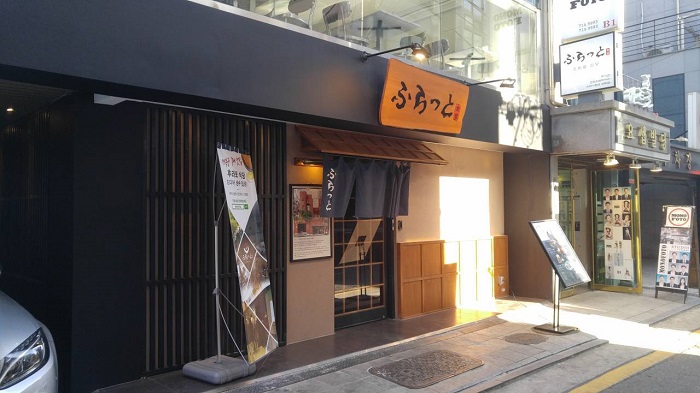
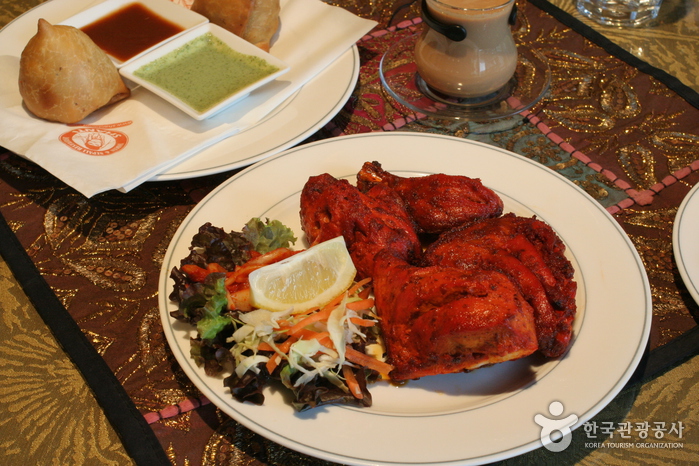
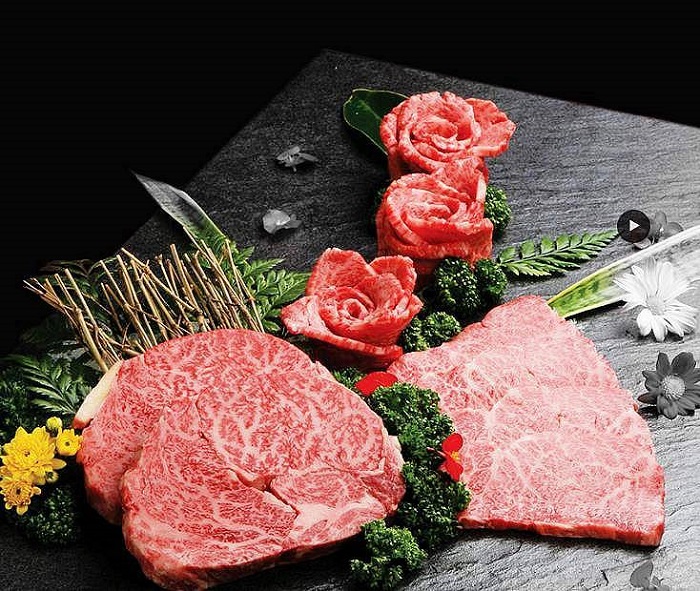
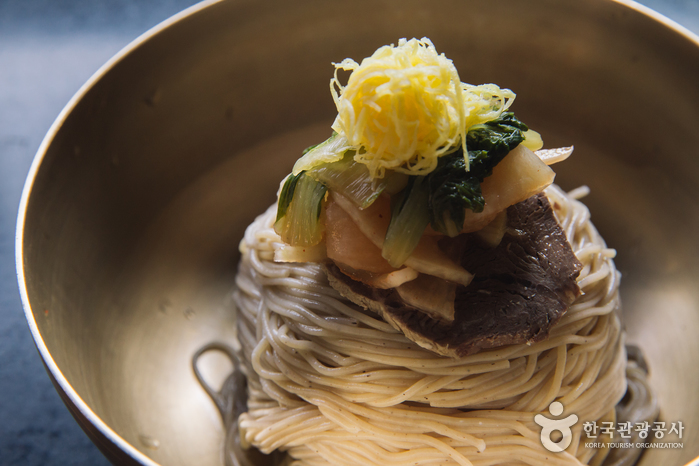
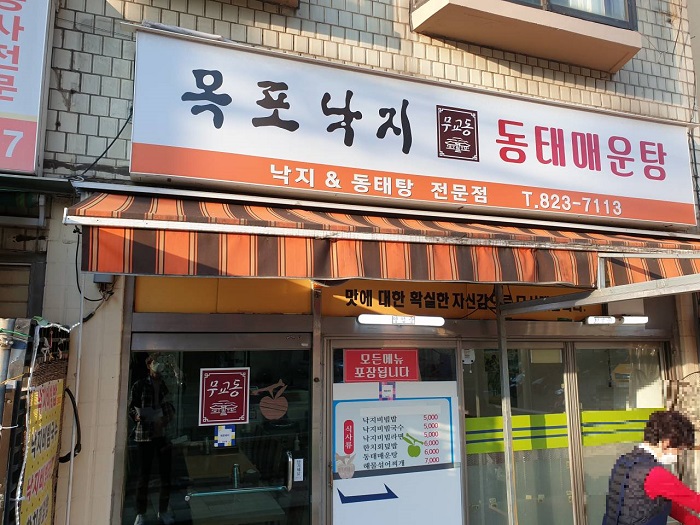
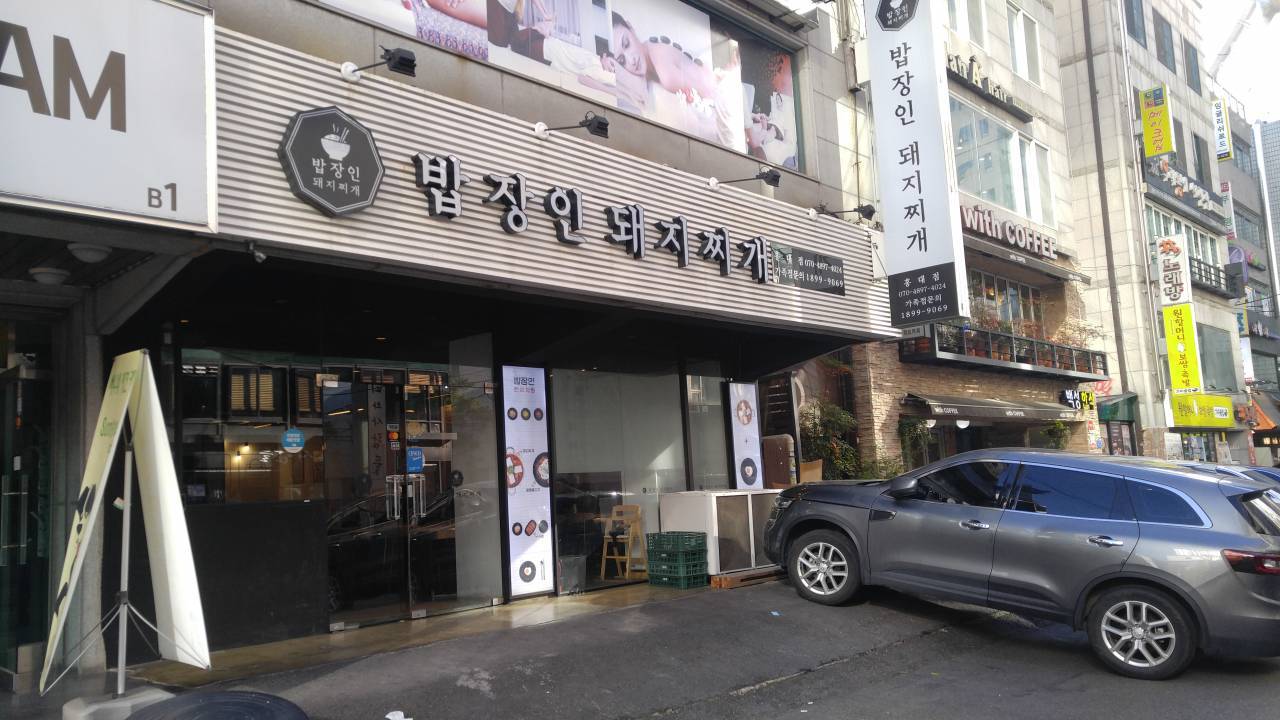
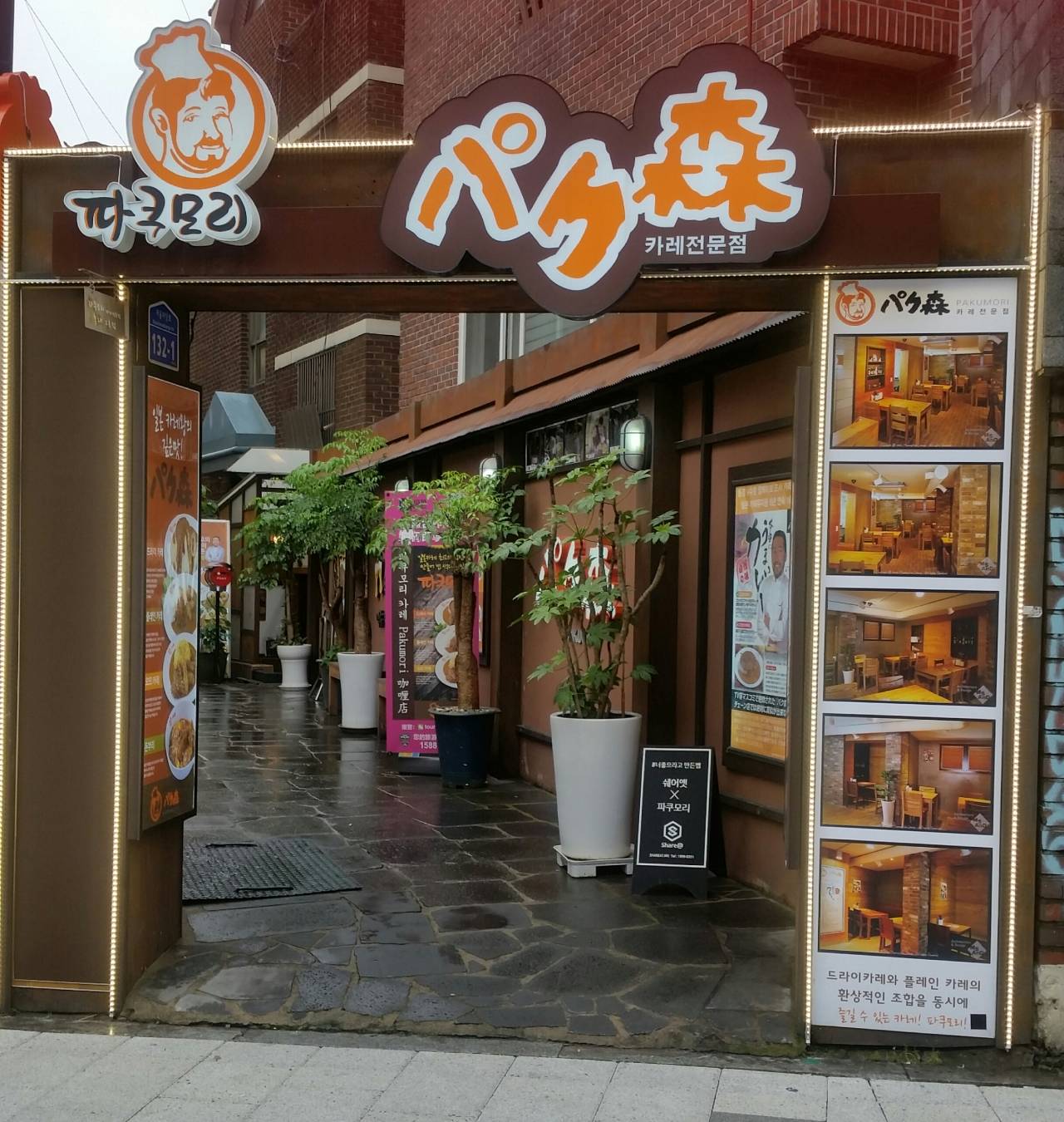
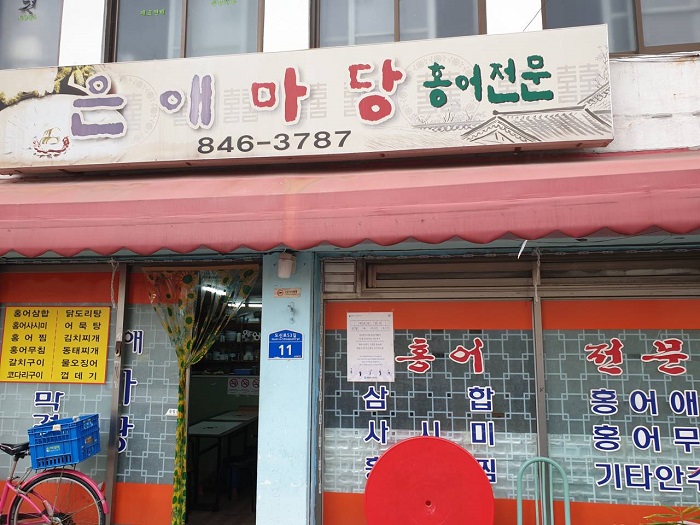
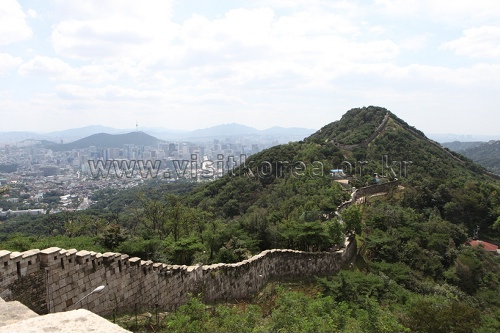
 Español
Español
 한국어
한국어 English
English 日本語
日本語 中文(简体)
中文(简体) Deutsch
Deutsch Français
Français Русский
Русский